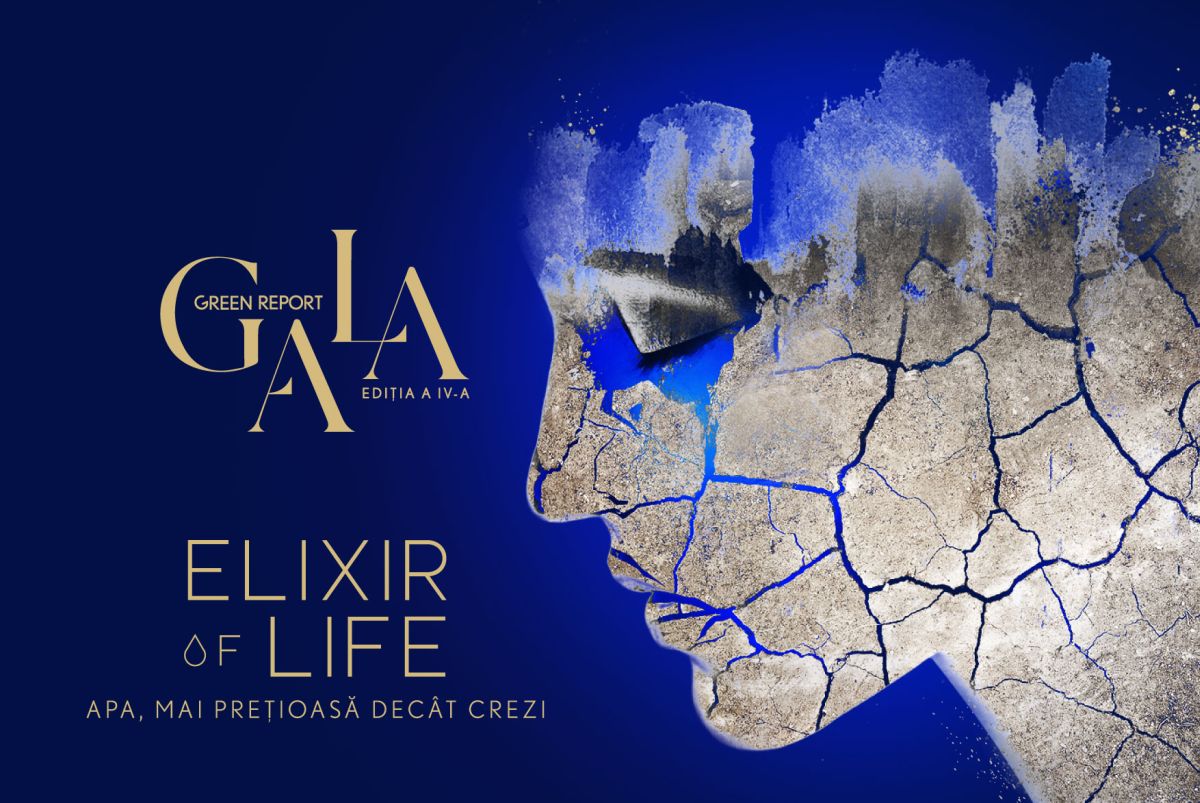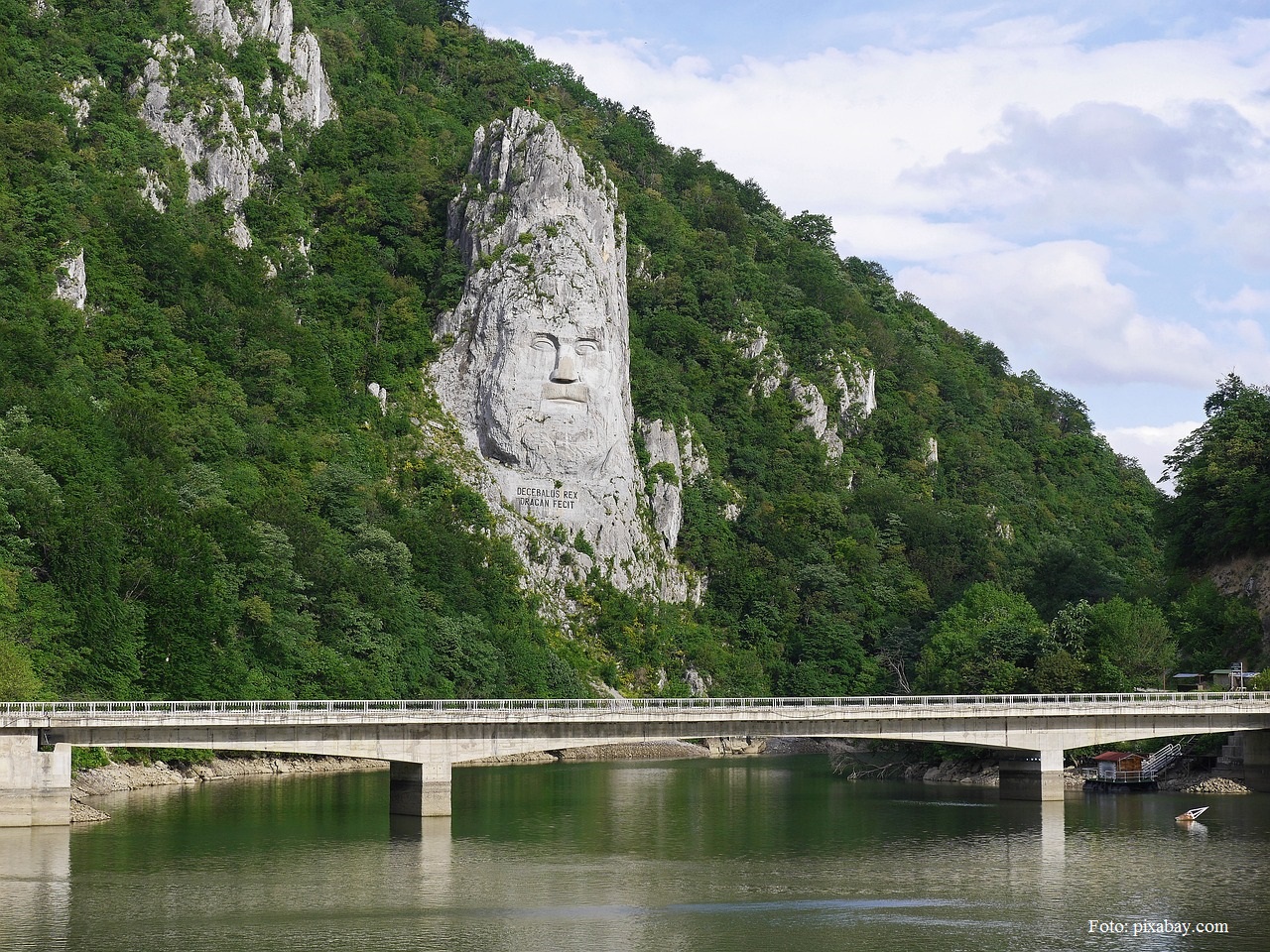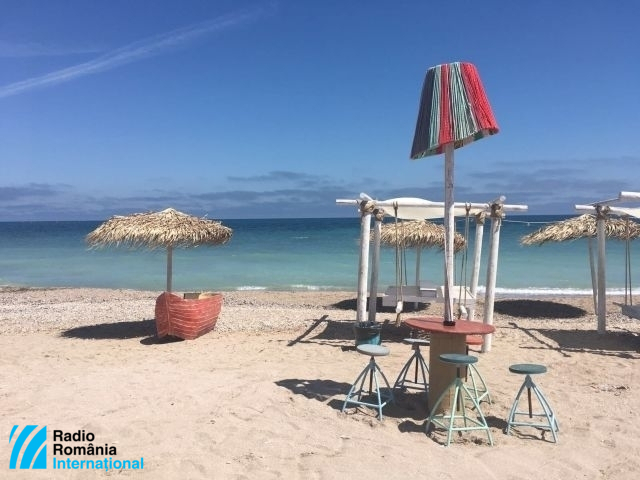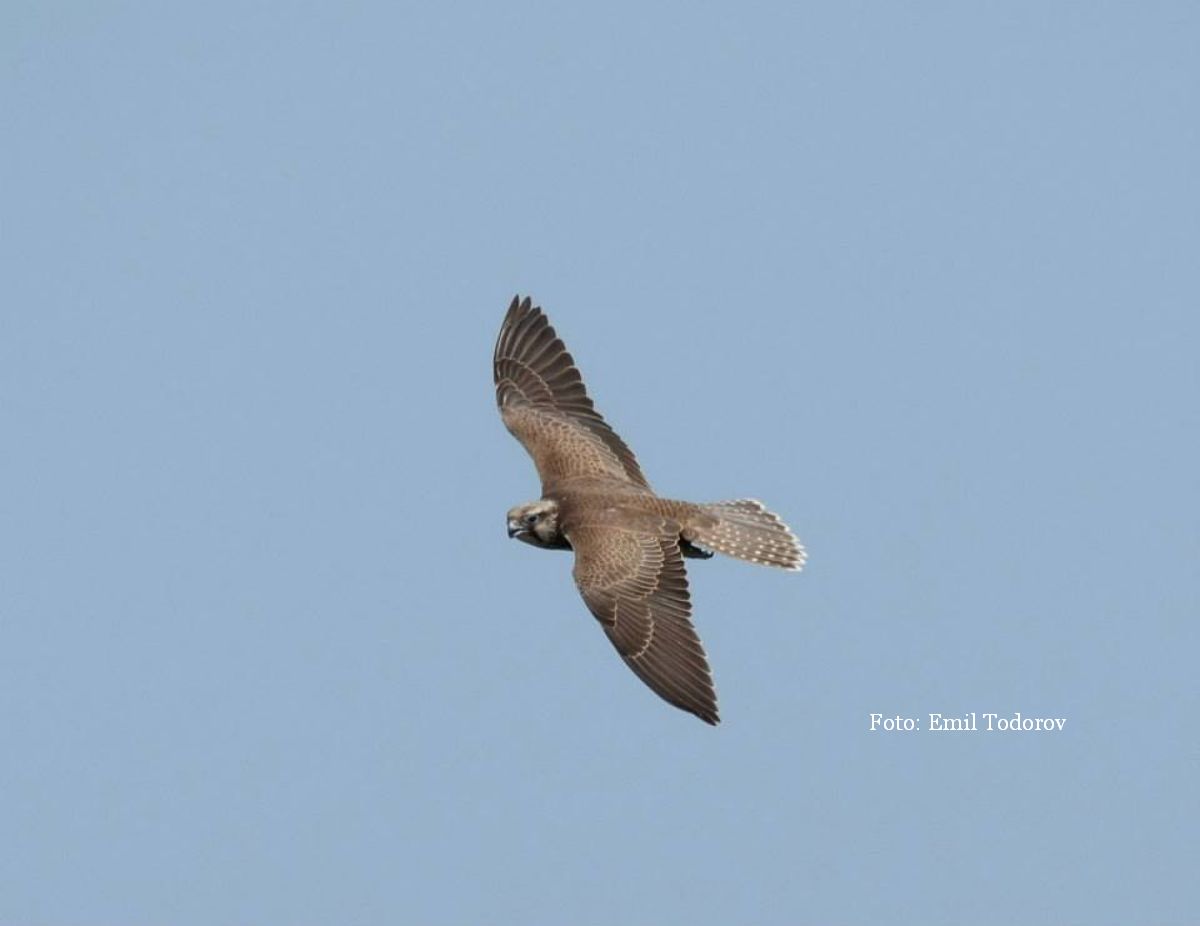Projects in the Iron Gates Natural Park
Stretching on tens of thousands of hectares, the Iron Gates Natural Park in south-western Romania is one of the biggest natural parks in the country.
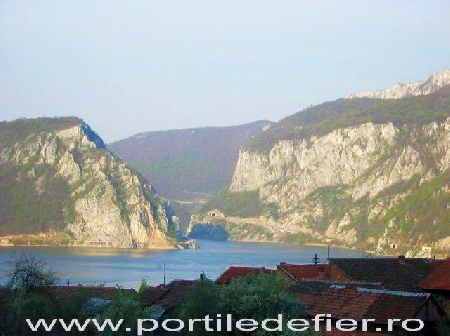
România Internațional, 25.01.2013, 14:02
The area is dominated by mountains, through which the Danube, on its way to the Black Sea, has dug an impressive gorge of 140 kilometres in length. With its steep slopes, narrow gorges and rocky caves, the park is a true wonder of nature. It is a scenic landscape with everything covered by rich, sub-Mediterranean vegetation, which increases the impression of virgin territory. To preserve the unspoiled beauty of the area, the park’s administration has started a series of preservation and protection projects. One such project is aimed at boosting tourism and making the most of the natural heritage. Marian Jiplea, the head of the Iron Gates Natural Park has the details:
Marian Jiplea: “The project, worth 2.6 million euros, unfolds between July 2012 and January 2015 throughout the entire park. Its main goal is to develop information, research and tourist infrastructure so as to raise the awareness of the local communities and the visitors about the need to preserve the park’s biodiversity. We will also work on enhancing protection of priority habitats and the bird species here. For this reason, the Danube Watercourse Bazias-Iron Gates site was declared of community importance. The project also includes the purchase of two mobile science labs, one of which is an aquatic laboratory. They will be used to monitor the species of birds that live in the wetlands, something we have already started to do. The construction of a travelling visitor centre onboard a ship accounts for about a half of the project’s value. It is in fact a double deck ship that will be anchored in Orsova and which once a year will be taken to a different Danube port within the park. “
The Iron Gates Natural Park is home to an impressive biodiversity including several thousands of species of plants. The gorge’s most beautiful part is the Cazane straits. The area harbours some rare species of plants, such as the Banat maple tree and the Cazane tulip. In April, the whole area along the Danube straits, where the river makes its way through the narrowest and most grandiose part of the gorge, becomes a genuine attraction for both tourists and biologists from Romania and Serbia. This is the time when this special kind of tulip unique in the world is in full bloom, adding colour to the rocky walls on both sides of the river Danube. Romanian experts and their counterparts from the National Park in Serbia are carrying out a joint project aimed at monitoring this species:
Marian Jiplea: “The Park administration is running two projects in partnership with the administration of Piatra Craiului Park aimed at developing a tight cross-border cooperation with the Djerdap National Park in Serbia. The project includes a series of surveys and joint activities. We have also been running a project called ‘Life natura’ that started in September 2011 and is due until late 2014. This is a EU-funded project which we have been running together with the Agency for Environmental Protection of Caras Severin and the Environmental Research Centre of the Bucharest University designed to improve the preservation of the species and habitats in the Iron Gates Nature Park. The project aims to come up with an action plan to halt the loss of biodiversity in the park’s wetlands, develop a strategy to raise people’s awareness about biodiversity preservation, create a web application for the management of wetlands, carry out surveys on invasive species and recreate the habitats of the pygmy cormorant populations in the region. We also aim to create a map of the invasive species found in the park’s wetlands.”
The Iron Gates Park is also home to two species on the verge of extinction, the horned viper and Hermann’s tortoise. The horned viper is an endangered species because its habitat has been destroyed. The same is true for Hermann’s tortoise, a species which is being captured in large numbers and sold as pets, mainly because people believe they bear luck to the owner.
The Iron Gates Natural Park is regarded as the third most important bird habitat in Romania, because apart from the pygmy cormorant colony, the region is also home to other protected species. Unfortunately, the region’s biodiversity is threatened by the degradation of nesting habitats, the presence of species, illegal fishing and water pollution. The administration of the Iron Gates Park is also considering the restoration of several caves in the park that are home to significant bat colonies. These are protected species under the Bern Convention on the Conservation of European Wildlife.

